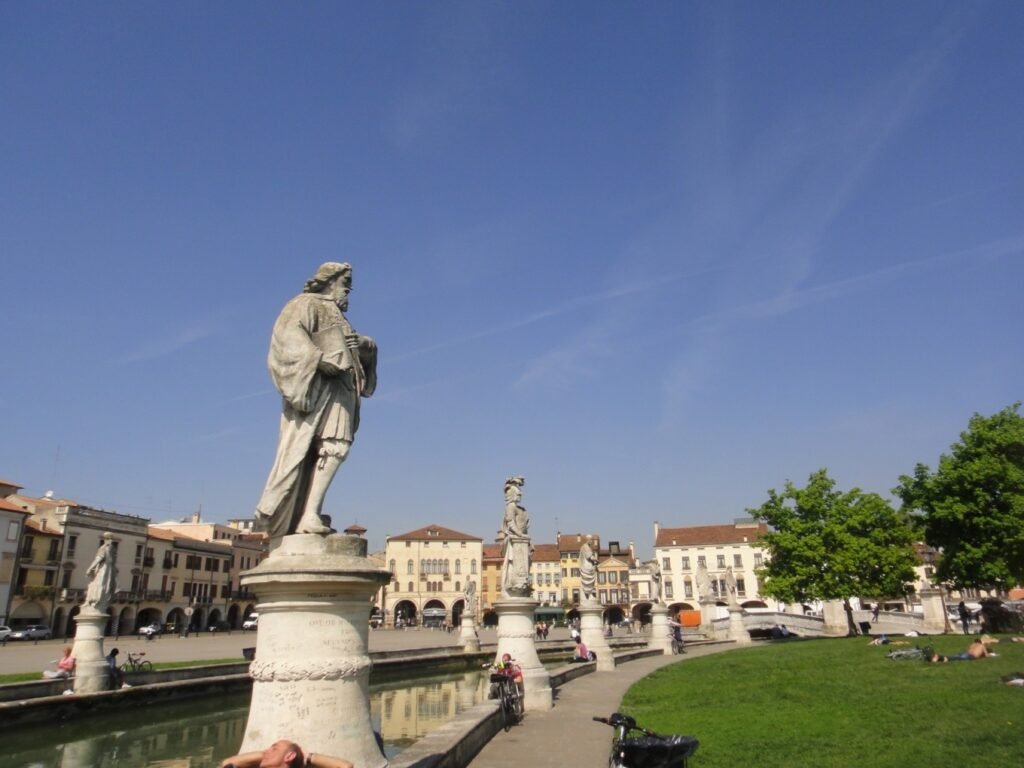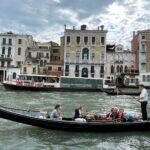Padua is a city in northern Italy, located in the Veneto region. It serves as the capital of the Province of Padua and is a key economic, transportation, and agricultural hub. The city is renowned for its rich history, culture, and industrial prowess, making it an important commercial center in northern Italy.
In the beautiful city of Padua, there is a historic institution—Padua University (Università degli Studi di Padova). Like the University of Bologna, the University of Paris, Oxford, and Cambridge, it is one of the most important cultural centers in the Western world. Founded in 1222 by professors and students who left the University of Bologna due to restrictions on academic freedom and lack of basic civil rights, Padua University is the second oldest in Italy, the third oldest in Europe, and the fourth oldest in the world. Galileo Galilei conducted his scientific research here from 1592 to 1610, enriching the academic environment. It is also known as the birthplace of the world’s first female PhD. The university’s influence helped shape the city itself; Padua University came first, and the city developed around it. The campus is spread throughout the city’s various neighborhoods, including the Faculty of Engineering.
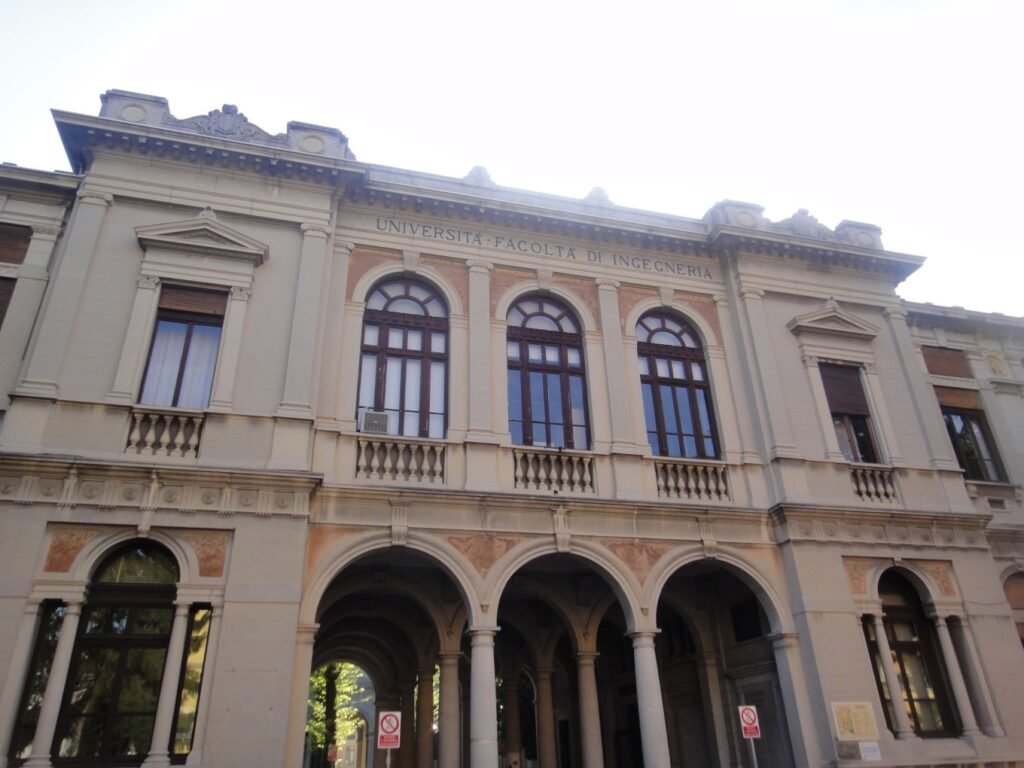
The ceiling of the classroom, adorned with exquisite frescoes, is truly breathtaking.
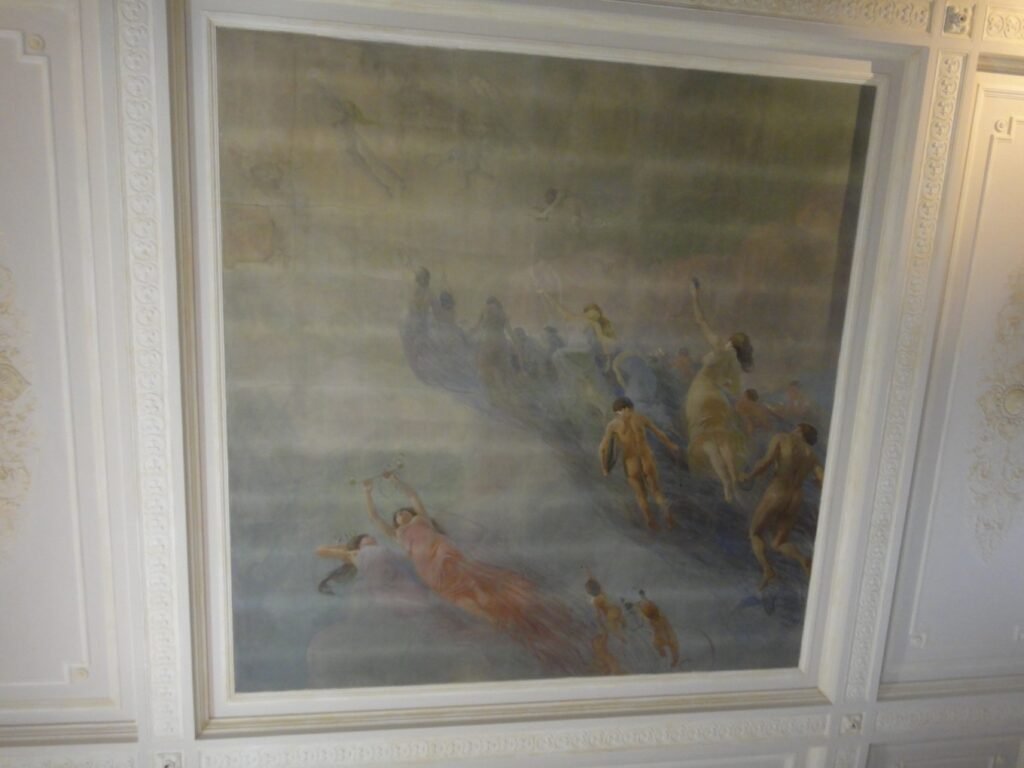
Padua University’s Botanical Garden is the oldest botanical garden in the world.
The ticket office, restrooms, and shops are all housed within the same glass building. The interior design is simple and fresh, instantly uplifting one’s mood. The vast majority of the surrounding merchandise is green. Padua Botanical Garden gives me a feeling of wild, rampant growth that is still orderly. The layout of the old garden is a perfect circle, with an entrance gate in each of the four cardinal directions—north, south, east, and west—symbolizing the four seasons: spring, summer, autumn, and winter. At each gate entrance, potted plants, usually succulents, are neatly arranged along the pathways. Inside the circular garden, the space is divided into thematic zones, such as the local rare plants area, poisonous plants area, medicinal plants area, and so on. Each zone has its own clearly defined boundaries, with some even having their own fences and small iron gates. Different plants within each zone typically occupy their own square areas, separated by stones or cement. Each row between plants has hardened pathways allowing visitors to walk close and admire them. It is very comfortable, with a sense of precision akin to experimental fields, clearly designed and constructed by people engaged in academic research and with a “fresh perspective.”
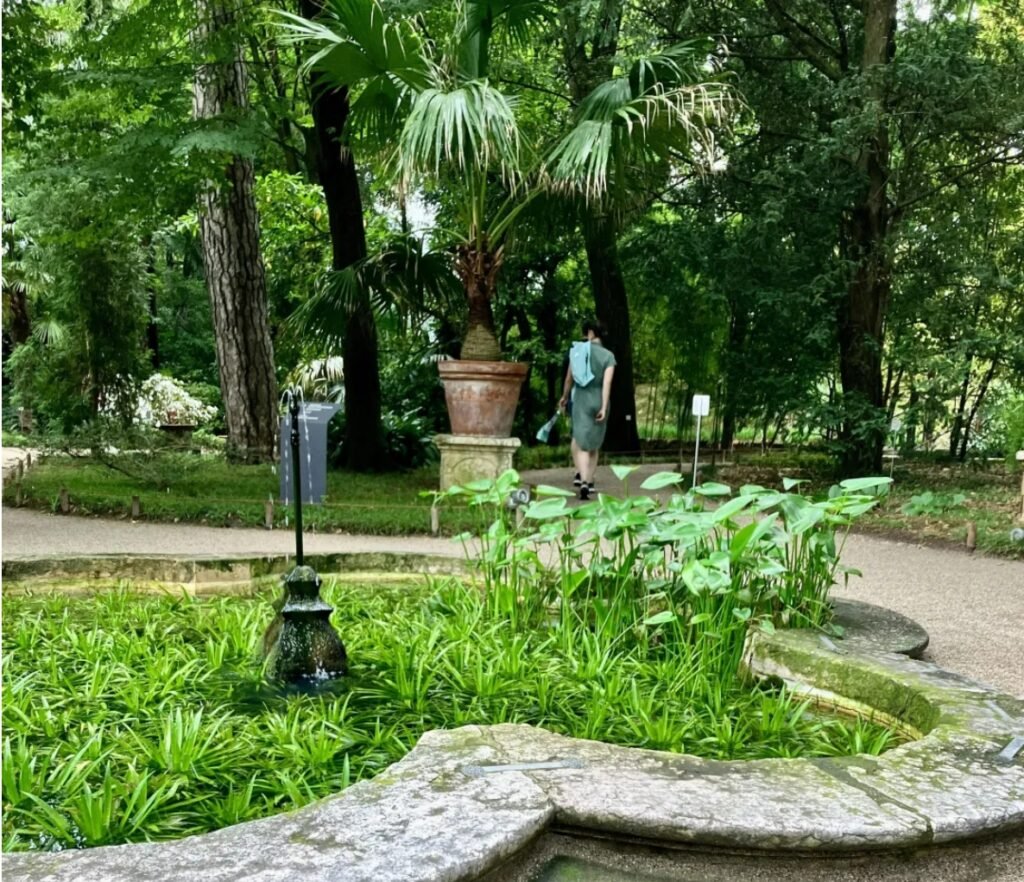
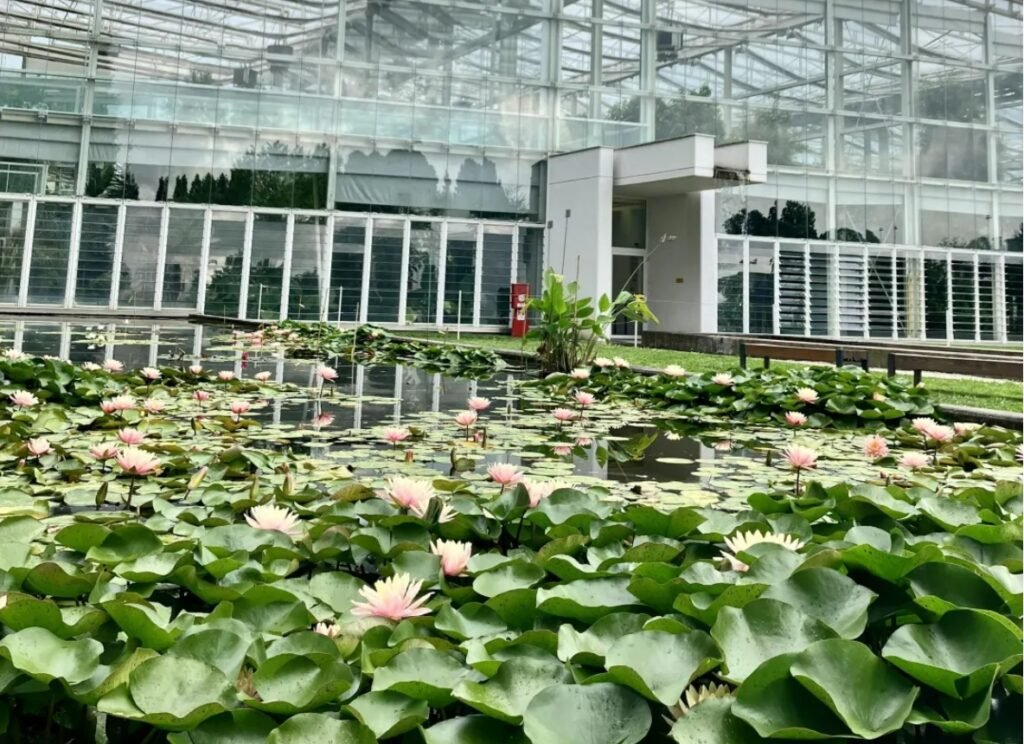
Lotus is also called Nelumbo, but it is quite different from water lilies. Water lilies are distant relatives of magnolias, while lotus is more closely related to the macadamia nut. You cannot distinguish them by flower size alone; for example, the basin lotus is a type of lotus. There are two simple ways to differentiate lotus from water lilies: lotus leaves are round, while water lily leaves have notches; lotus flowers have a lotus seedpod in the center, whereas water lily flowers do not.
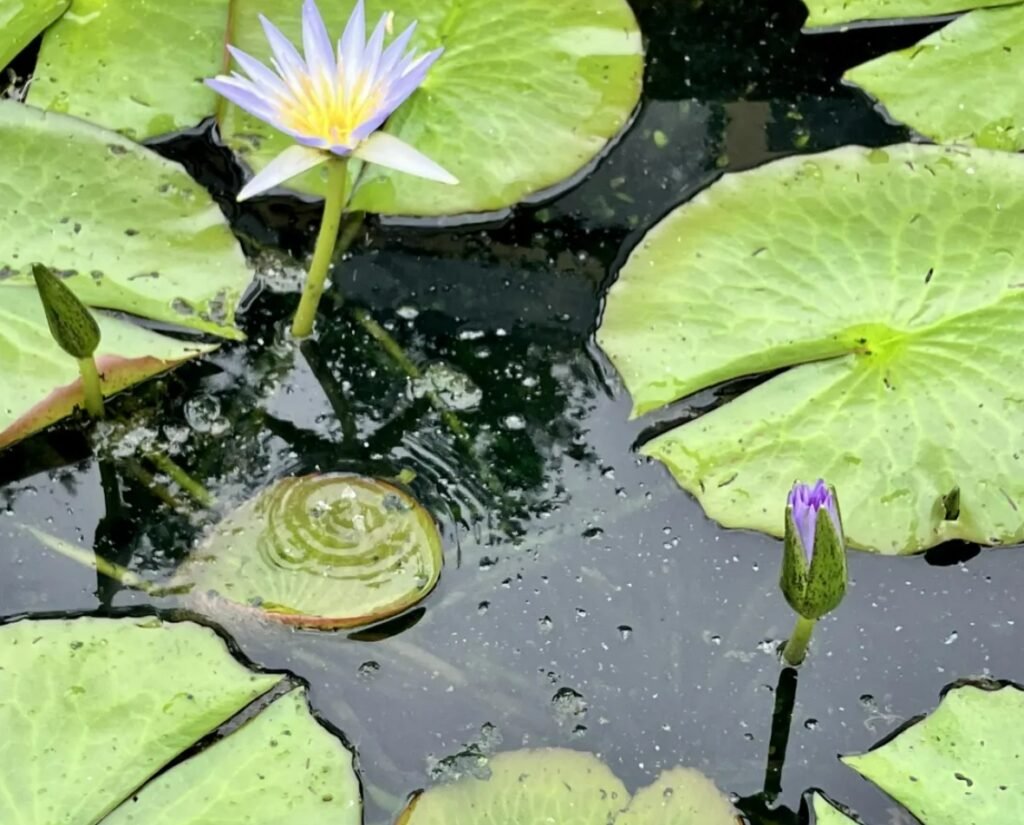
The Botanical Garden’s museum exhibitions are excellently curated, and the statement on the exhibition wall is also great: “Living nature is the best teacher.”
“Collecting plants is collecting local customs.” The small posters in this exhibition hall are reversible; for example, one side of the poster shows a tomato, and the other side provides information about the tomato’s geography and history. Originally a plant of the Aztec civilization, the tomato was introduced to the Padua Botanical Garden in 1590, changing the world’s eating habits. In other words, before that, tomato-based spaghetti did not exist. Next to it, in the black-and-white old photos, I also saw this giant tree in the botanical garden that afternoon, and the electric-like feeling was incredibly wonderful.
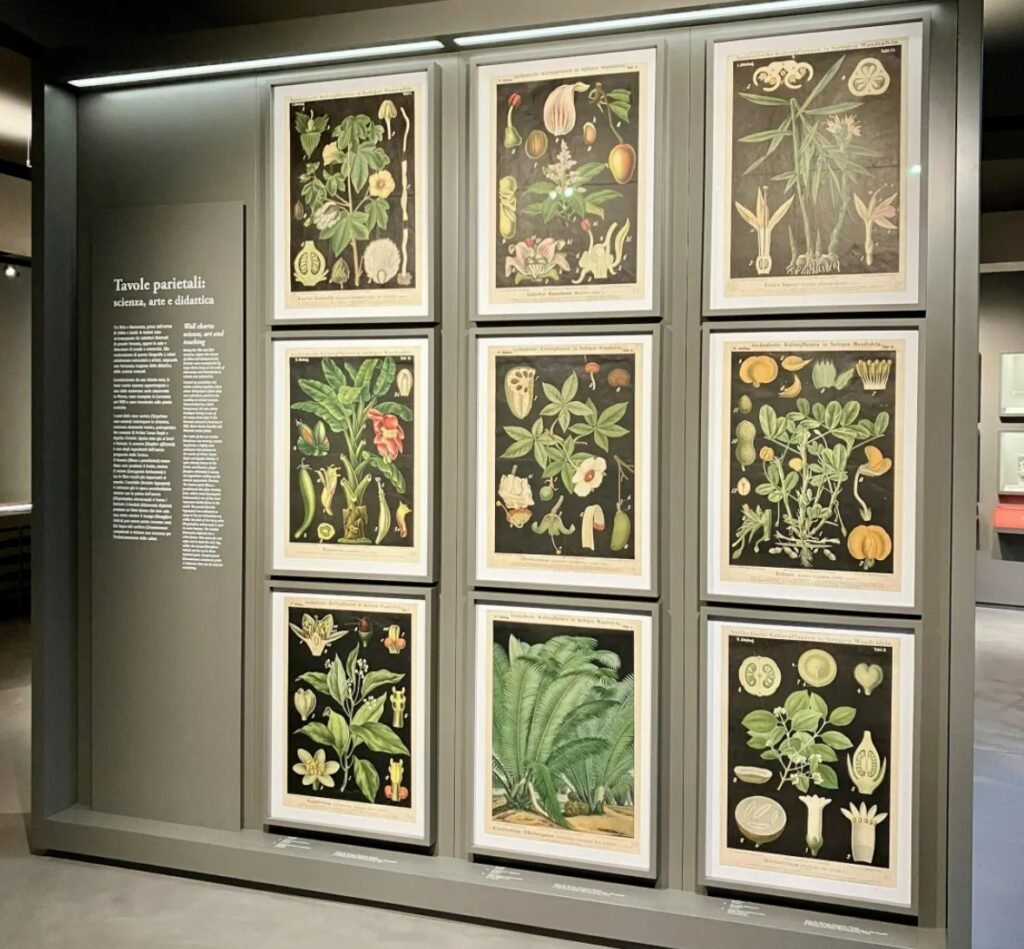
The discipline museum can provide spiritual encouragement. A significant reason is that visitors can directly see how predecessors conducted research hundreds of years ago. Nowadays, with highly developed technology and information, academic knowledge is rich, redundant, and highly specialized, making research seem inaccessible and intimidating. However, our curiosity about plants is the same as the initial excitement of all botanists. At first, they only drew simple pictures on ordinary paper, wrapped collected seeds in letter paper, and explored bit by bit. We can too.
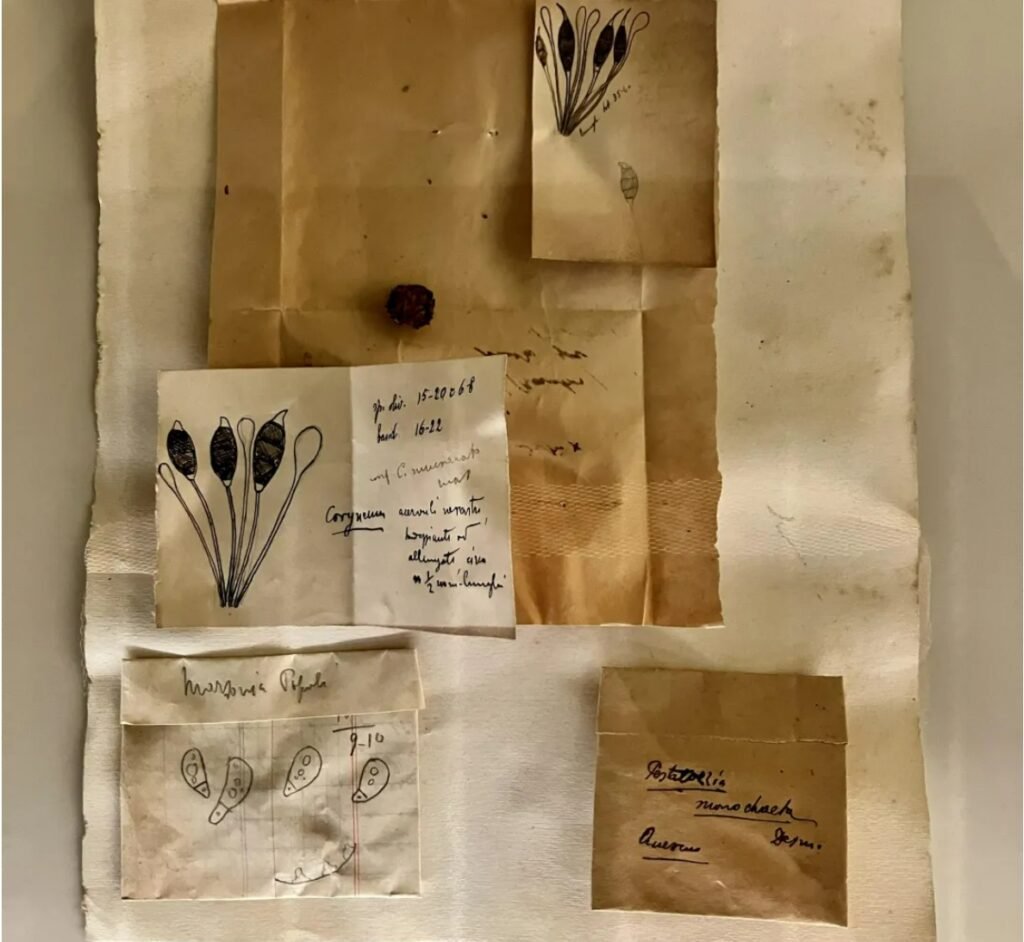
In the historical and geographical section of the botanical garden’s exhibition, there is my favorite interactive display. Below the large screen on the left is a simple and responsive control panel that can be pressed and rotated; on the right wall is a mind map tree with major historical events of the botanical garden, which correspond strictly with the mind map on the large screen. By turning the control panel, you can select nodes, and the nodes will simultaneously highlight on both the mind map and the map. Selecting any node on the timeline will provide related text descriptions and historical photos, such as the “Goethe’s Palm Tree” knowledge point, which displays Goethe’s portrait, story introduction, and historical photos.
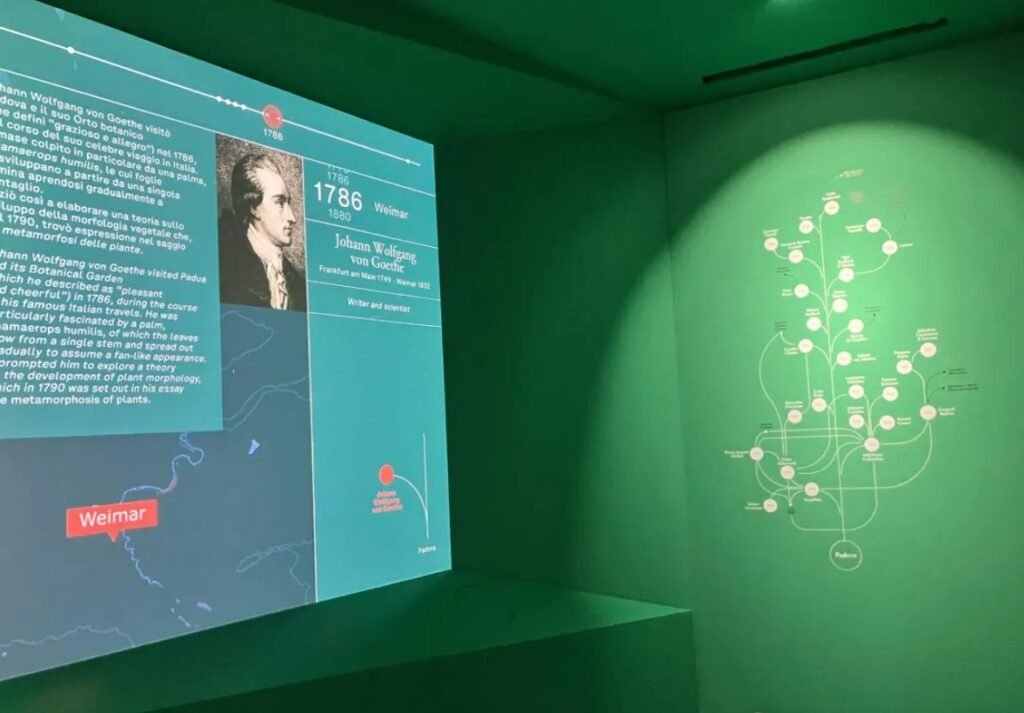
Arcades
Padua has many arcades similar to those in Bologna.
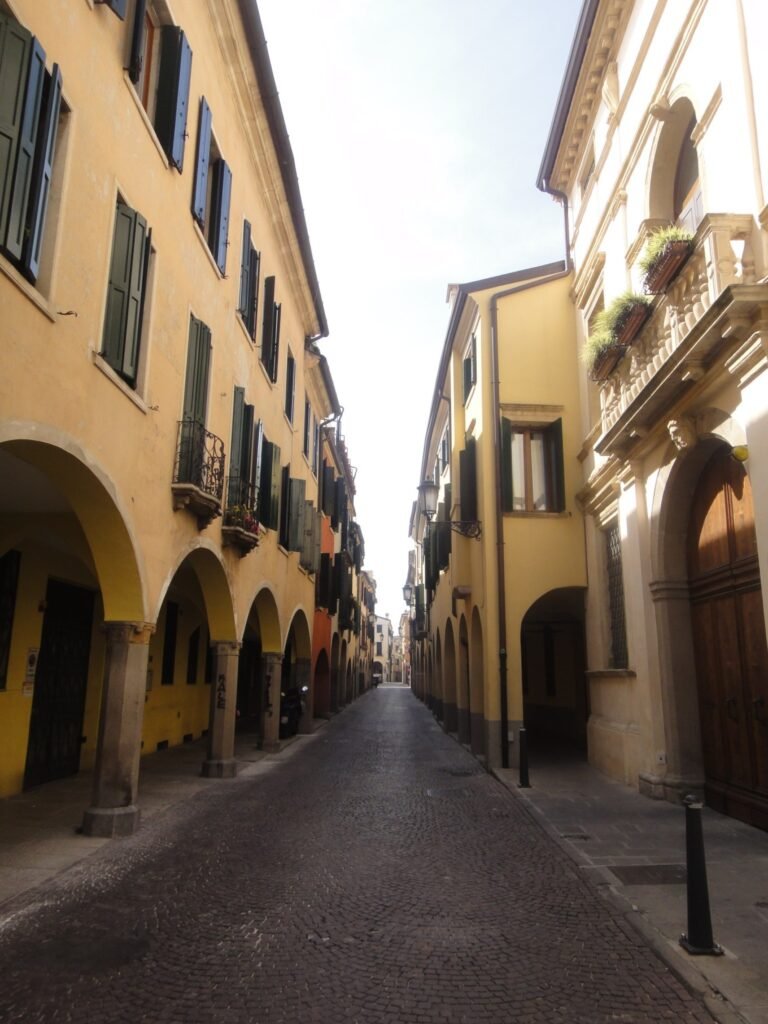
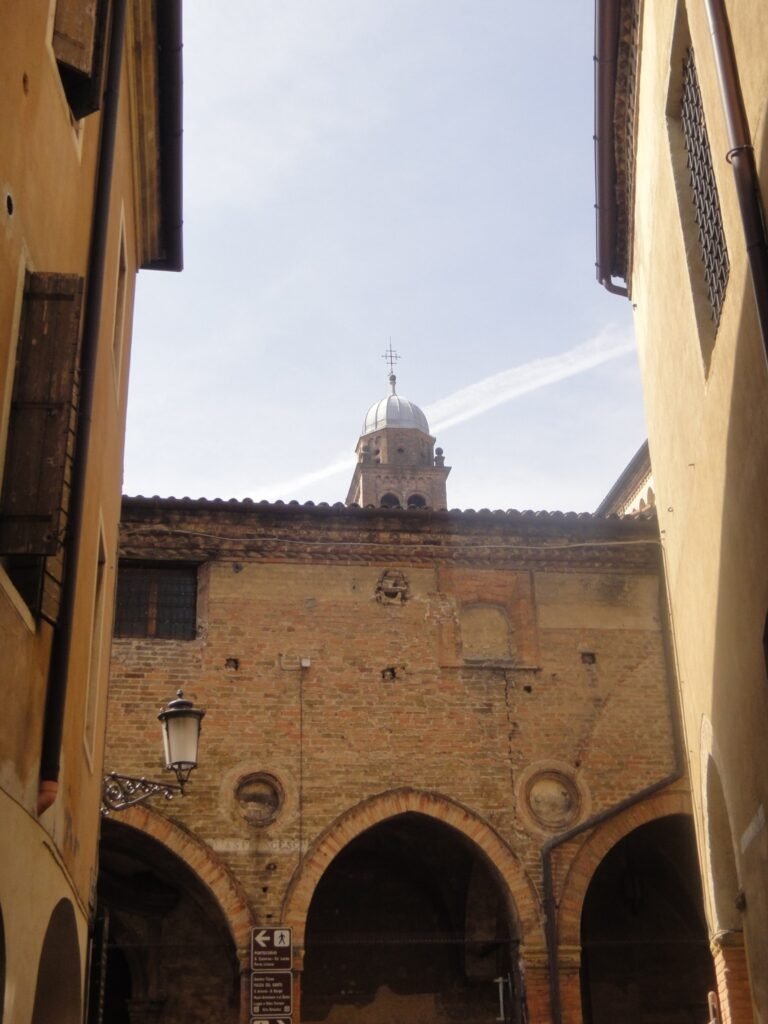
Lodge and Odeo Cornaro
The Cornaro Lodge and Music Pavilion are early Renaissance Italian architectural works.
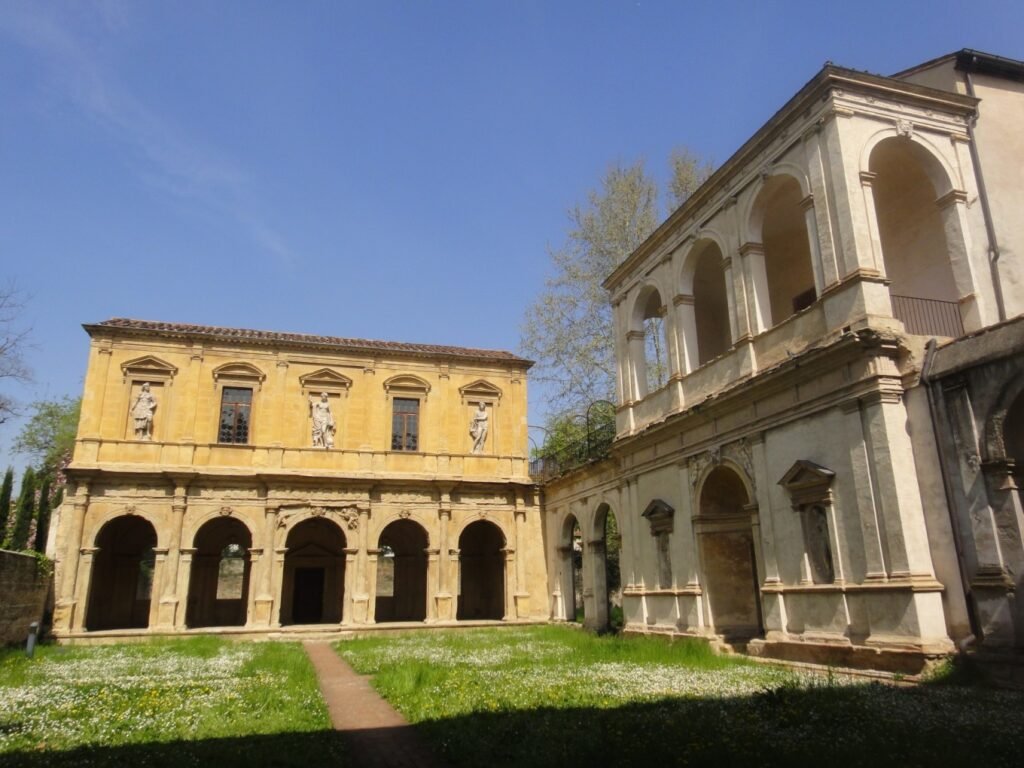
The first major landmark is the Basilica of Saint Anthony in Padua, located in Piazza del Santo. It is the burial place of Saint Anthony, making it a true symbol of the city. Construction of the basilica began in 1232 and was completed in 1307. Influenced by Byzantine culture, the basilica represents a transitional style between the Renaissance and Gothic architecture. Its diverse design elements are reminiscent of St. Mark’s Basilica in Venice. The basilica’s six domes and mosque-like spires are also distinctive features that stand out.
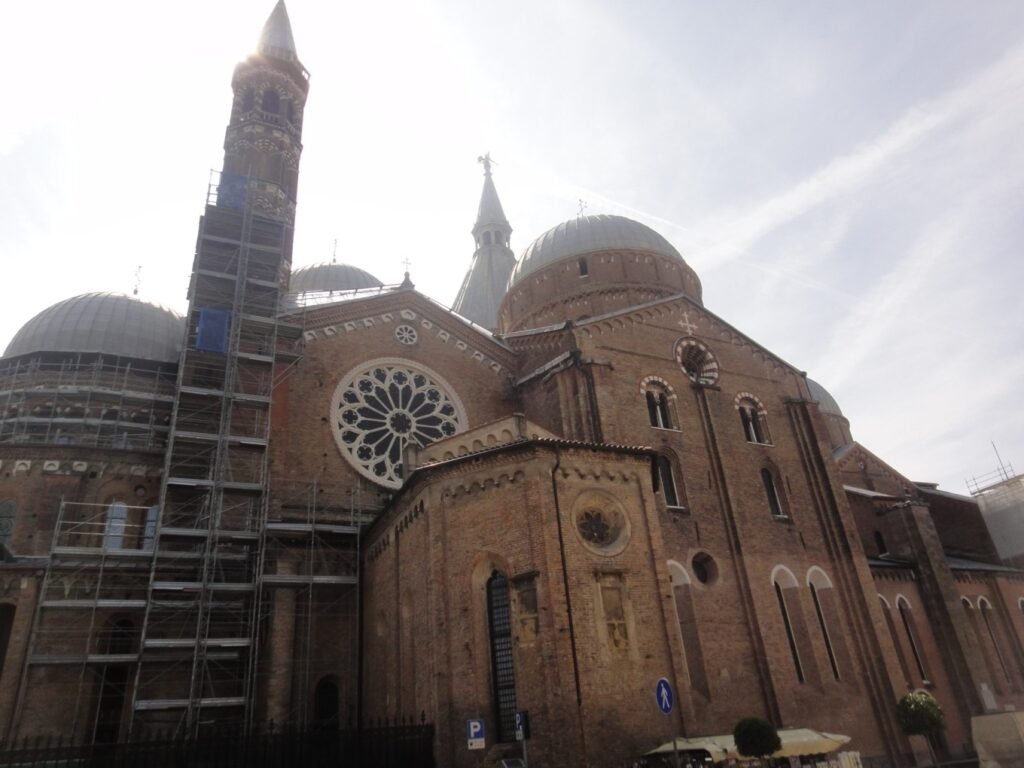
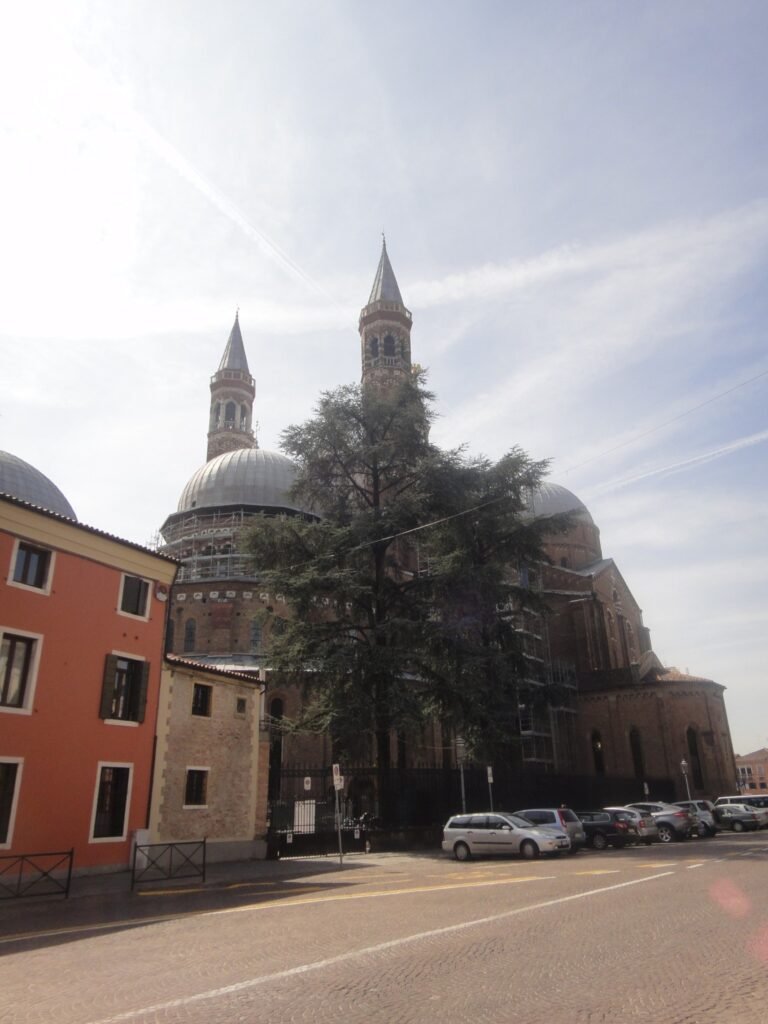
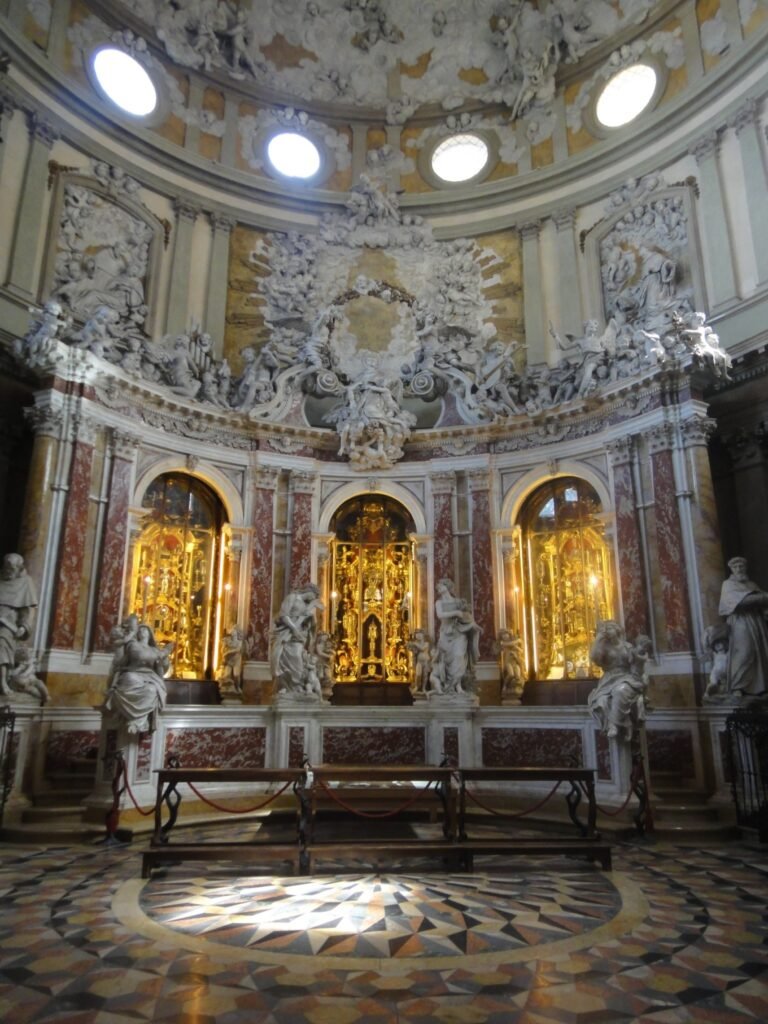
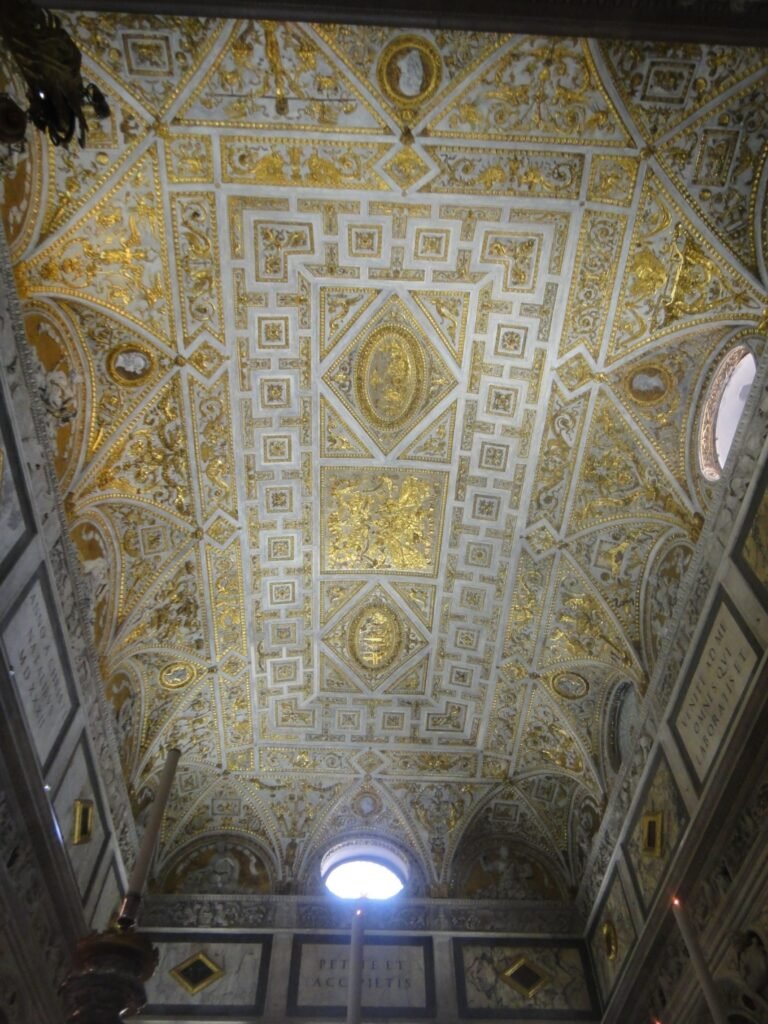
In the chapel beside the church altar lies Saint Anthony’s resting place. The altar and the marble statue “The Deposition of Christ” are works by Donatello.

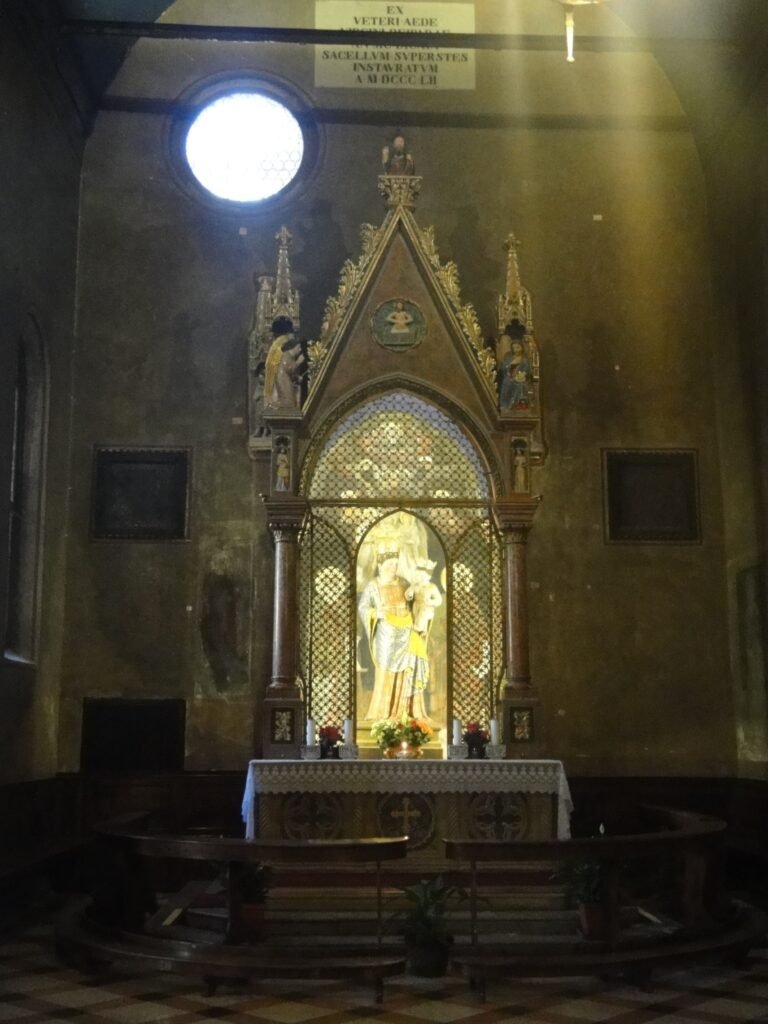
Next to the church, there is a large garden composed of three similar courtyards. It’s rare to see so many gardens accompanying a church in Europe.
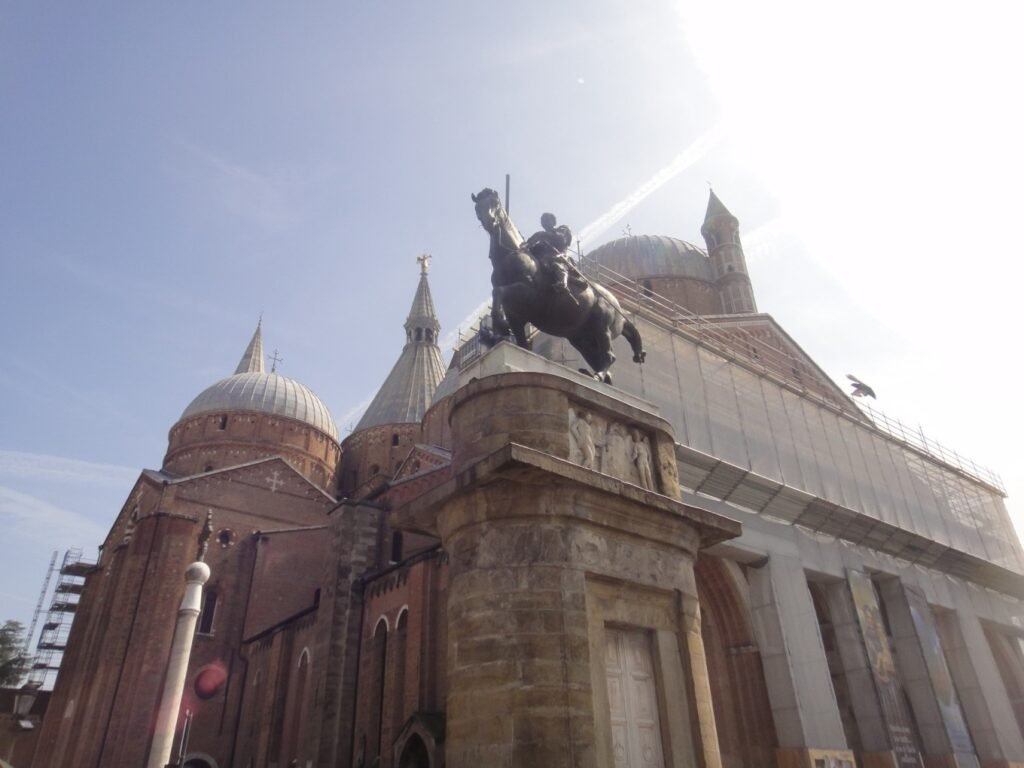
In the square in front of the church stands the bronze equestrian statue of General Gattamelata, exuding a majestic and righteous aura.
Prato della Valle
After visiting the Basilica of Saint Anthony, you can head to the adjacent Prato della Valle. This oval-shaped square is surrounded by a small river, with four bridges connecting the outer square to the green space in the center. Covering 90,000 square meters, it is one of the largest squares in Italy. Prato della Valle is among the busiest areas in Padua. The green island in the center is encircled by a canal, with two rows of 78 statues depicting notable figures lining the riverbanks. Perhaps this is why Padua earned the nickname “City of Statues.” Among them, the most famous is the statue of Venetian nobleman Andrea Memmo, who oversaw the reconstruction of Prato della Valle.
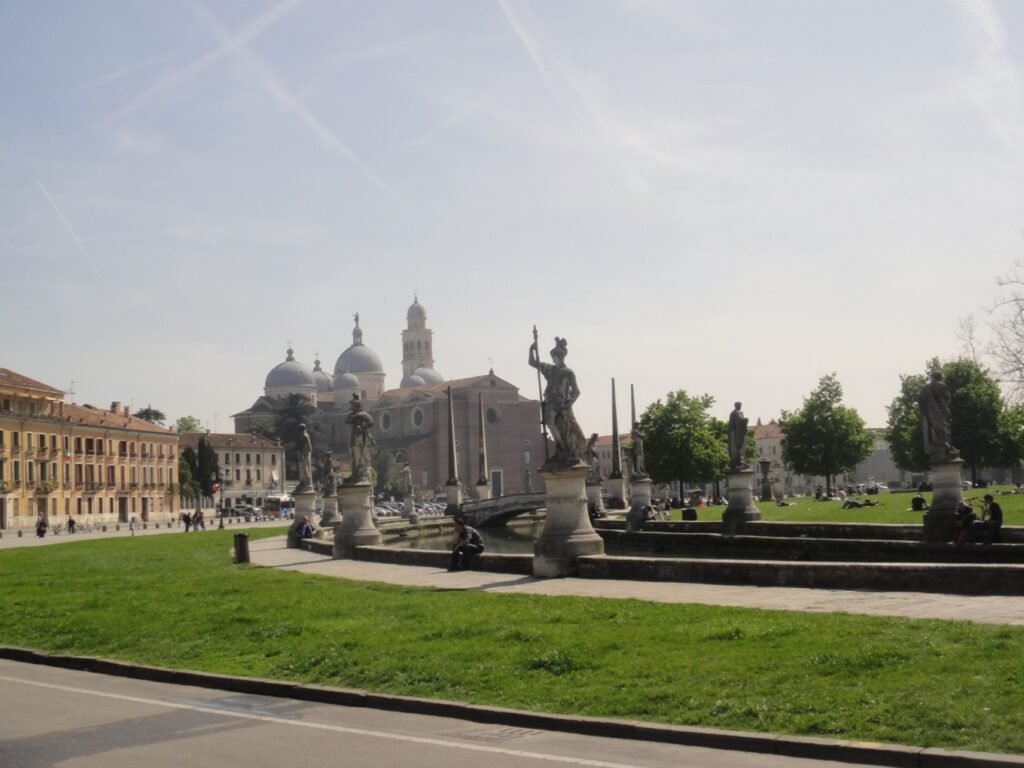
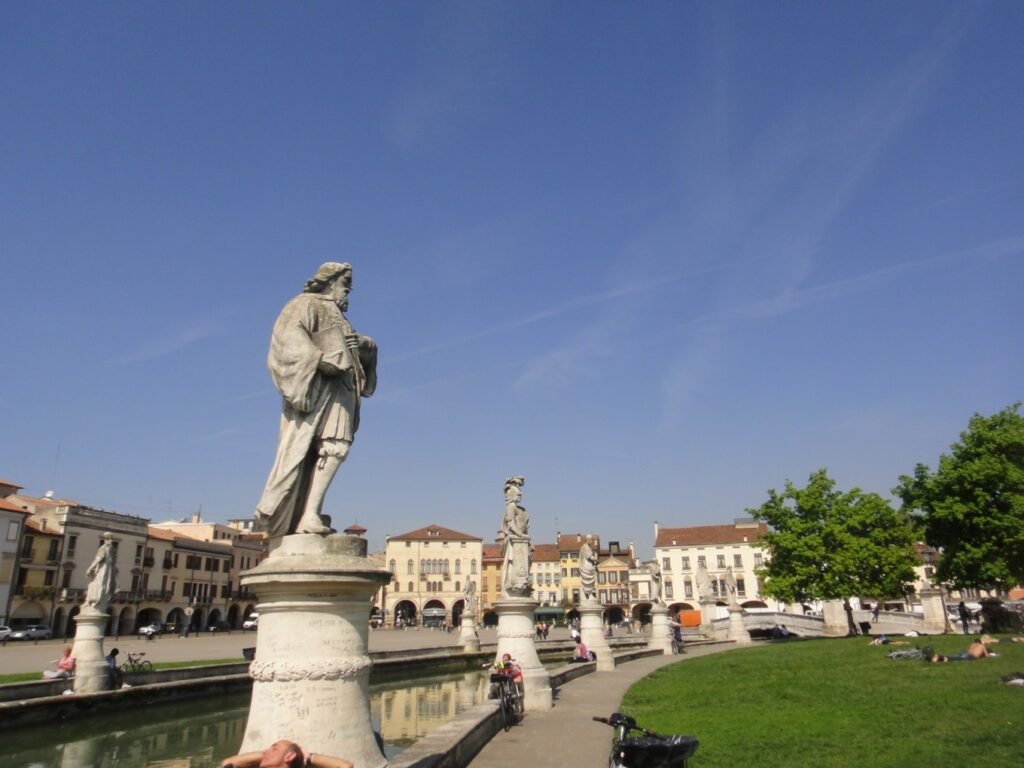
Walking around the oval-shaped square, you’ll find exquisite sculptures all around. Additionally, the bridges at Prato della Valle are also very beautiful. Many young people leisurely sunbathe, listen to music, and chat. Overall, Italy gives me the impression of being very relaxed and unhurried, with everything moving at its own pace.

